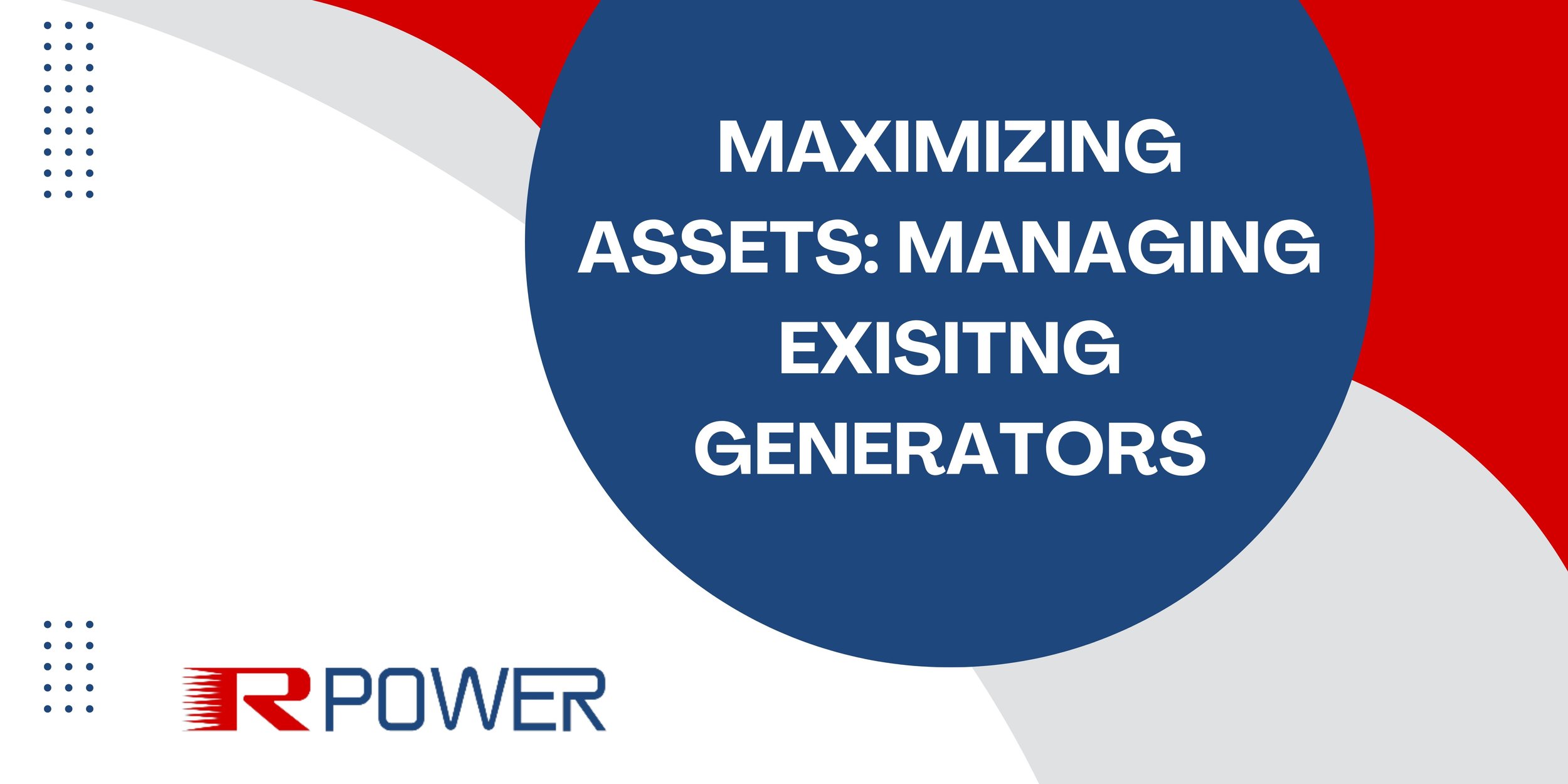Maximizing Your Backup Generator Investment: Going Beyond Emergency Power
When it comes to ensuring uninterrupted power supply in industries like oil and gas, backup generators are indispensable. Traditionally, these generators are designed to provide power to a select subset of loads, including critical components for life safety, like emergency lighting. However, this approach often results in a significant operational disruption during power outages, even when a backup generator is installed.
The question many companies face is whether it’s worth the extra cost to upgrade from a traditional emergency-only backup system to a full facility backup generator. The truth is, the benefits of a full-site backup generator, when enrolled in economic dispatch programs, can more than offset the incremental cost.
The Simplicity of Full Facility Backup Generators
Installing a full facility backup generator is usually straightforward, especially when the main power supply to the facility is intercepted between the utility transformer and the site’s main distribution panel. Grid-synchronous switchgear plays a crucial role in enabling the generator to seamlessly provide power to the facility and return excess power to the grid while maintaining necessary protections. (See Figure 1).

Here’s how it works: When the system detects a drop in utility voltage, the generator receives a start signal, and the load smoothly transfers from the grid to the generator. This typically takes less than 10 seconds for an unplanned outage. When grid power is restored for a programmed duration, the load seamlessly transfers back from the generator to the grid. This transition is done without a blip in lights or power to the facility. The same seamless transition is done when dispatching the generator into an economic dispatch program. There is no impact to the facility operations transitions from the grid to the generator and back to the grid.
However, if the system was initially designed for only a partial load of the facility, typically, the generator and automatic transfer switch are connected to a subpanel off the main distribution panel that powers the emergency loads desired to be backed up. When this system detects a drop in utility voltage, the generator starts as described previously, but only the connected loads will receive power after the generator starts. Typically the transfer switch is open transition as well which means that there is an interruption in power as it transfers back to the grid.
Sizing a generator for full facility backup involves various design criteria. To participate in economic dispatch programs, the generator needs to meet emissions requirements for non-emergency duty, which are more stringent than those for emergency-only duty. Historically, the go-to solution for backup power has been the emergency-only diesel generator, which is only required to meet Tier 2 emissions levels as laid out by the EPA. Still, for other uses outside of a utility outage, it must meet Tier 4 Final levels, necessitating the addition of complex aftertreatment systems like selective catalytic reduction (SCR), oxidation catalysts, and possibly a diesel particulate filter to meet these more stringent emissions requirements (Refer to Figure 2 for ISO 8528 rating standards compared to EPA requirements).

To simplify compliance with emissions regulations, especially when considering generator participation in energy markets, a natural gas-fueled genset solution is often the best choice. Natural gas is a cleaner-burning fuel, making it easier to meet emissions standards. Moreover, many oil and gas companies have a natural gas source available on-site, making it an ideal choice. If only wellhead gas is available, several solutions can utilize that gas directly, or a fuel treatment skid can be installed to clean up the gas for use in a generator with stricter fuel quality requirements.
Upgrading to a full facility backup generator and considering a natural gas-fueled solution can be a strategic move for your business. It not only ensures uninterrupted power supply but also opens doors to participation in economic dispatch programs and enhances compliance with emissions regulations. So, when evaluating your backup power options, think beyond emergencies and explore the long-term benefits of a full-site backup generator with economic dispatch capabilities.
To read the full technical paper, click here.


